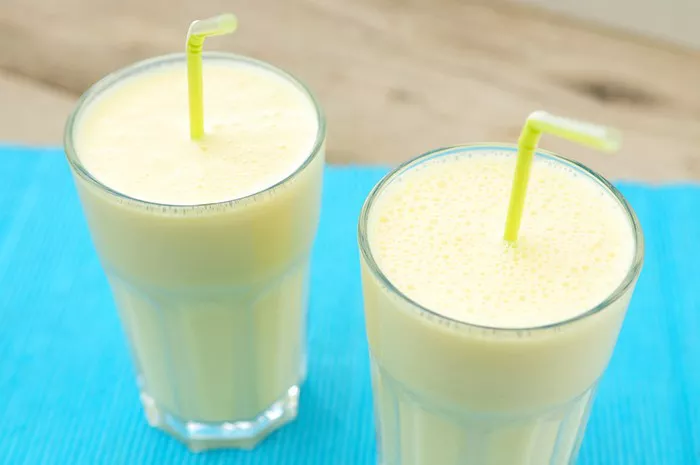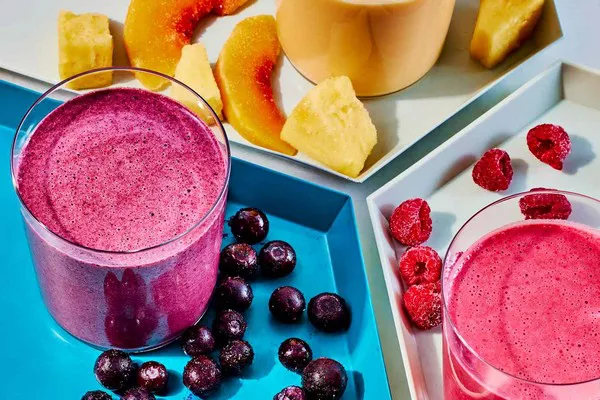Hot cocoa is a comforting drink enjoyed by many during cold weather or as a delightful treat at any time of the year. But have you ever stopped to wonder if hot cocoa is made with water or milk? This question may seem simple, but it actually touches on various aspects of hot cocoa preparation, cultural differences, and personal preferences. Let’s dive into the details to understand this better.
The Basics of Hot Cocoa
Hot cocoa, also known as hot chocolate, is a beverage made from cocoa powder, sugar, and a liquid base. The cocoa powder is derived from cacao beans, which are roasted, ground, and processed to create the familiar powdery substance. The cocoa powder provides the rich, chocolatey flavor that we all love.
To make hot cocoa, you typically mix cocoa powder with a sweetener (like sugar or honey) and a liquid base. This mixture is then heated until it reaches a pleasant drinking temperature. But what should that liquid base be? That’s where the debate begins.
Water-Based Hot Cocoa
Using water as the base for hot cocoa is a classic and straightforward method. Here’s how it works:
Simplicity: Water-based hot cocoa is easy to make. You simply combine cocoa powder, sugar, and water in a pot or microwave-safe mug, stir well, and heat until hot.
Versatility: Water allows for a more neutral base, meaning you can flavor your hot cocoa with various ingredients without the milk flavor interfering. This makes it a great option for those who want to experiment with spices like cinnamon or vanilla, or even add a splash of coffee or almond milk for a unique twist.
Dietary Restrictions: For those who are lactose-intolerant or vegan, water-based hot cocoa is a perfect choice. It allows them to enjoy the warmth and comfort of hot cocoa without any digestive discomfort.
Purer Chocolate Taste: Some argue that water-based hot cocoa brings out the pure chocolate flavor more distinctly. Since water doesn’t add its own taste, the cocoa powder shines through more clearly.
However, water-based hot cocoa isn’t without its drawbacks:
Thinner Consistency: Water-based hot cocoa tends to be thinner in consistency compared to milk-based versions. Some people prefer a thicker, creamier drink.
Less Creamy: Without the added fat from milk, water-based hot cocoa lacks the creamy richness that many associate with hot chocolate.
Milk-Based Hot Cocoa
On the other hand, using milk as the base for hot cocoa offers a different set of advantages:
Creaminess: Milk adds a rich, creamy texture to hot cocoa. The fat content in milk helps to create a smoother, more indulgent drink.
Nutritional Benefits: Milk provides additional nutrients like calcium, vitamin D, and protein, making it a more filling and nutritious choice.
Fuller Flavor: The fat in milk helps to carry and enhance the chocolate flavor, making it feel more indulgent and satisfying.
Traditional Preference: In many cultures, especially in Western countries, milk-based hot cocoa is the traditional and preferred method. It’s often seen as the ‘real’ hot chocolate experience.
Milk-based hot cocoa can also come with some downsides:
Dietary Issues: For those with lactose intolerance or who follow a vegan diet, milk-based hot cocoa isn’t an option.
Curdling Risk: If you’re not careful with the heating process, milk can curdle or scorch, affecting the taste and texture of your hot cocoa.
Caloric Content: Milk-based hot cocoa tends to be higher in calories and fat, which might be a concern for those watching their intake.
Variations and Alternatives
Beyond water and milk, there are several other options for the liquid base of hot cocoa:
Plant-Based Milks: For vegans or those looking for a dairy-free alternative, plant-based milks like almond milk, soy milk, oat milk, and coconut milk are excellent choices. These milks offer varying levels of creaminess and flavor, allowing you to customize your hot cocoa to your liking.
Half and Half or Cream: For an even richer, more indulgent hot cocoa, you can use half-and-half or heavy cream as the base. This will create a decadent, luxurious drink that’s perfect for special occasions.
Instant Hot Cocoa Mixes: Many instant hot cocoa mixes come with their own liquid base recommendations, often including powdered milk or a mix of milk and water. These mixes are convenient but can sometimes lack the freshness and purity of homemade versions.
Non-Dairy Creamers: For a quick and easy fix, non-dairy creamers can be used to add creaminess without the dairy. They’re often low in calories and easy to store.
Cultural Influences
The choice of liquid base for hot cocoa often reflects cultural and regional preferences:
European Influence: In many European countries, hot chocolate is traditionally made with milk. This is especially true in Spain and France, where thick, creamy hot chocolate is a cherished drink.
Mexican Hot Chocolate: Mexican hot chocolate, known for its rich, spicy flavor, is typically made with milk and often includes cinnamon and other spices.
American Preferences: In the United States, both water-based and milk-based hot cocoa are popular. Water-based hot cocoa might be more common in instant mix forms, while milk-based versions are often homemade or found at specialty coffee shops.
Latin American Choices: In countries like Venezuela and Colombia, hot chocolate is often made with condensed milk, creating an ultra-sweet and creamy drink.
Personal Preferences
Ultimately, the choice between water-based and milk-based hot cocoa comes down to personal preference. Some people love the simplicity and purity of water-based hot cocoa, while others crave the richness and creaminess of milk-based versions.
If you’re unsure which you prefer, try making both and see which one you like better. You can also experiment with different types of milk (like whole milk, skim milk, almond milk, etc.) to find the perfect balance of flavor and texture for your taste buds.
Tips for Making the Perfect Hot Cocoa
No matter which base you choose, here are some tips for making the perfect hot cocoa:
Quality Ingredients: Use high-quality cocoa powder and fresh milk or water for the best flavor.
Temperature Control: Heat your hot cocoa gently to avoid scorching or curdling. Stir frequently to ensure even heating.
Sweetener Choice: Experiment with different types of sweeteners like sugar, honey, maple syrup, or agave nectar to find the right level of sweetness for you.
Flavor Additions: Customize your hot cocoa with spices like cinnamon, nutmeg, or cardamom, or add a splash of vanilla extract or a dollop of whipped cream for extra indulgence.
Texture Adjustments: If you prefer a thicker hot cocoa, you can add a little cornstarch or cocoa butter to your mixture before heating.
Conclusion
So, is hot cocoa made with water or milk? The answer is both! The choice between water and milk as the base for hot cocoa is largely a matter of personal preference, cultural background, and dietary needs. Water-based hot cocoa offers simplicity, purity, and versatility, while milk-based versions provide creaminess, richness, and additional nutrients.
Ultimately, the best hot cocoa is the one that suits your taste buds and meets your dietary requirements. Experiment with different bases, sweeteners, and flavorings to find the perfect hot cocoa recipe for you. Whether you’re enjoying a cozy night in or treating friends and family, hot cocoa is a timeless drink that brings warmth and joy to any occasion.
Related Topics:


























